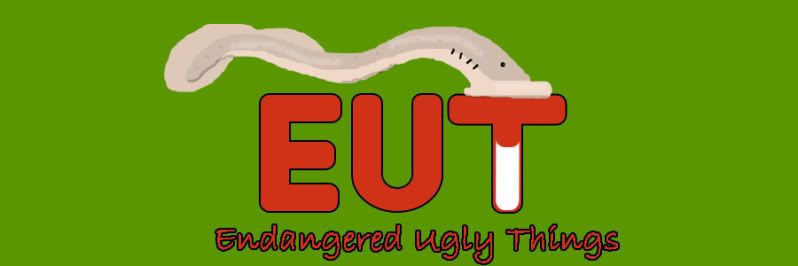 |
| Image from IUCN |
On yet another note, I believe this plant’s name ranks among the worst possible for a plant. It is the Bastard Quiver Tree (Aloe pillansii). Again, no explanation is given for the name, but it may be a, ahem, bastardization of the local term “Basterkokerboom2”. If you know your houseplants (or skin products) well enough, you probably recognize the genus Aloe. Yes, this thirty-foot tall tree from the deserts of Africa is a close relative to Aloe vera (which is found growing, among other places, rampantly in pots at my parents’ house).
I suppose saying it lives in the African desert is being unspecific. It inhabits the semiarid Karoo3 region of southern Africa, specifically on the north end of South Africa and south end of Namibia. Being one of the very few plants over about a foot tall gives it some important roles in the ecosystem, such as bird roost and food, and moisture provider through its thick leaves. It more than likely is pollinated by birds.
With fewer than 200 plants, it easily qualifies for IUCN’s critically endangered category. Why it’s endangered is a harder question, with answers ranging from grazing baboons to overgrazing to mining--or, of course, all of the above. At least some people are worried about it: International trade of the plant has been banned by CITES, so it struck me as odd that many of the informative sites about the plant were by horticulturalists. Local South African schools received puzzles, information packs, and worksheets about saving the Basterkokerboom.
1The Red-eyed Tree Frog, only the most photographed frog in the world.
2This is complete speculation through minimal evidence. Don’t cite me as a source for this.
3Off topic: Microsoft Word’s spellchecker doesn’t know the words “monotreme,” “echolocating,” or even “blog,” but it takes “Karoo” without a second thought.

3 comments:
Howdy!
I'm not sure about the thing with the tongues from last week.
No time to translate anything today though, see you on the 26th!
So, I was looking at the Jacob Sheep Conservancy (long story, but it involves a visit to a county fair) and was wondering if you would count domestic ugly endangered things?
From their web site:
"The American public is aware of the many species of endangered wild animals, but not as many are aware of the endangered status of about 100 breeds of cattle, donkeys, horses, goats, chickens, turkeys, geese, ducks and sheep."
And, believe me, there were some ugly animals at the fair (and the critters in cages weren't too pretty either..badum ching!Thank you folks, we'll be here all week. Be sure to tip your waiter...)
You do do endangered plants! Sweet.
I don't know how to judge this tree as ugly, other than its name made me giggle.
http://plants.usda.gov/index.html
Just in case you didn't know it before.
I like plants.
Post a Comment